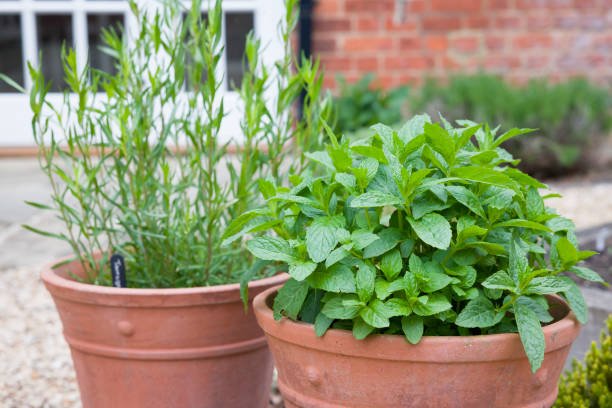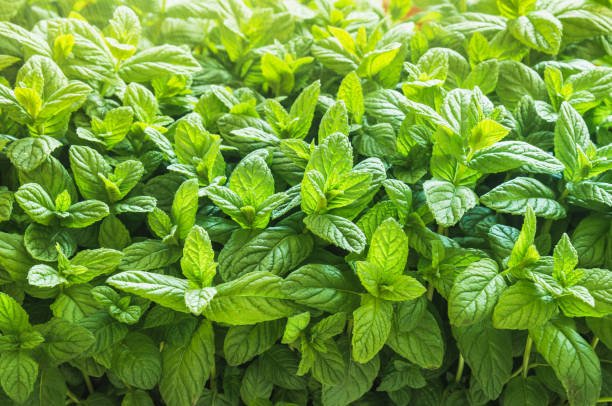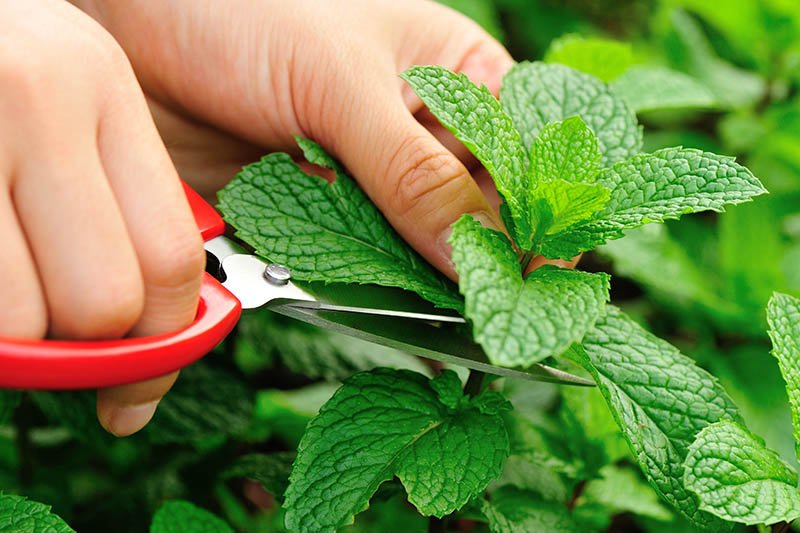Mint, with its refreshing aroma and versatile culinary uses, is a delightful addition to any garden. Growing mint on a rooftop garden is not only feasible but also offers a unique and accessible way to cultivate this hardy herb. Whether you’re an urban dweller with limited space or simply looking to enhance your green space, this guide will walk you through the steps to successfully grow mint on your rooftop garden.
Why Choose Mint for a Rooftop Garden?
- Easy to Grow: Mint is known for its robust nature and ability to thrive in various conditions, making it an excellent choice for beginner gardeners.
- Low Maintenance: Once established, mint requires minimal care, allowing you to enjoy a lush, fragrant garden without excessive effort.
- Versatile Uses: Mint is used in cooking, teas, cocktails, and even for its medicinal properties. Growing your own ensures a fresh supply at your fingertips.
- Aromatic and Attractive: The pleasant aroma and vibrant green foliage of mint can enhance the aesthetic appeal of your rooftop garden.
Preparing Your Rooftop Garden for Mint
1. Assessing the Environment
Before planting mint, evaluate your rooftop environment:
- Sunlight: Mint prefers partial to full sunlight. Ensure your rooftop receives at least 4-6 hours of direct sunlight daily.
- Wind Protection: Rooftops can be windy, which might stress the plants. Consider placing barriers or screens to reduce wind impact.
- Water Drainage: Ensure proper drainage to prevent waterlogging, which can be detrimental to mint’s root system.
2. Selecting Containers
Mint can be invasive, so it’s advisable to grow it in containers to control its spread. Choose pots or containers with good drainage holes. Large, wide containers are ideal as they provide ample space for mint’s sprawling roots.
3. Soil Preparation
Mint thrives in well-draining, rich soil. Use a high-quality potting mix with added compost to enhance fertility. The ideal soil pH for mint is between 6.0 and 7.0.
Planting Mint
1. Choosing the Right Variety
There are numerous mint varieties, such as spearmint, peppermint, chocolate mint, and apple mint. Select a variety based on your preference and intended use.

2. Planting
- Seeds: If starting from seeds, sow them in small pots indoors 8-10 weeks before the last frost. Transplant seedlings to larger containers once they are a few inches tall.
- Cuttings: Mint can be propagated from cuttings. Take a 4-6 inch cutting from a healthy plant, remove the lower leaves, and place it in water until roots develop. Then, plant the cutting in a container.
- Transplants: Purchase young mint plants from a nursery and transplant them directly into your containers.
3. Spacing
If planting multiple mint plants, space them at least 12-18 inches apart to allow for adequate air circulation and growth.
Caring for Your Mint Plants
1. Watering
Mint prefers consistently moist soil but not waterlogged. Water the plants regularly, ensuring the soil remains damp. During hot weather, you may need to water more frequently.
2. Fertilizing
Mint is not a heavy feeder, but occasional feeding with a balanced, water-soluble fertilizer can promote healthy growth. Fertilize every 4-6 weeks during the growing season.
3. Pruning
Regular pruning encourages bushier growth and prevents the plant from becoming leggy. Trim the stems just above a set of leaves. You can also harvest leaves as needed, which serves as a form of pruning.
4. Pest and Disease Management
Mint is relatively pest-resistant, but it can occasionally suffer from aphids, spider mites, or fungal diseases. Inspect your plants regularly and treat infestations with insecticidal soap or neem oil. Ensure good air circulation and avoid overhead watering to reduce the risk of fungal infections.

Harvesting Mint
Mint can be harvested once the plant reaches about 6-8 inches in height. Cut the stems just above a pair of leaves to encourage new growth. Harvest regularly to keep the plant productive and prevent it from flowering, as flowering can make the leaves taste bitter.
Overwintering
In colder climates, mint can be overwintered indoors. Before the first frost, bring the containers indoors and place them in a sunny window. Reduce watering and avoid fertilizing during the winter months. In warmer climates, mulching the plants can protect them from occasional cold snaps.
Conclusion
Growing mint in a rooftop garden is a rewarding endeavor that offers a fresh supply of this versatile herb right at your fingertips. With proper preparation, planting, and care, you can enjoy a lush and fragrant mint garden on your rooftop. Whether you’re using mint for culinary creations, teas, or simply to enjoy its pleasant aroma, this guide provides all the necessary steps to cultivate a thriving mint garden in your urban space.


Leave A Comment